ärtsilä Energy Storage has announced plans to develop what it claims will be the largest DC-coupled hybrid battery energy storage system (BESS) in Australia’s National Electricity Market (NEM).
While specific project details have not yet been disclosed, Wärtsilä confirmed that the order will be recorded in Q4 2025.
Once completed, the system will have the capacity to power up to 120,000 homes and businesses. It is expected to become operational in 2028 and will be backed by a 20-year service agreement.
The Tier-1 integrator has already been involved in a large-scale DC-coupled hybrid BESS project in Australia when, in April 2025, it agreed to supply a 64 MW / 128 MWh energy storage system for Octopus Australia’s Fulham Solar Battery Hybrid project.
Wärtsilä said DC-coupled technology is an exciting new technological frontier for Australia, which doesn’t have many DC-coupled projects, and its project reflects a growing trend towards hybridization of storage assets with co-located renewable generation. This method can minimize energy losses to capture solar generation that would otherwise be curtailed.
“This project is significantly larger than our earlier DC-coupled project, underscoring the need for this type of technology in expanding at scale,” said David Hebert, vice president of global sales management, Wärtsilä Energy Storage.
“It’s particularly exciting to work on the largest DC-coupled project in the country; DC-coupled technology is a breakthrough for hybrid renewable plants and a critical step towards establishing a financially viable renewable energy future. The project is a prime example of how hybrid renewable energy and storage solutions can help stabilize Australia’s grid while advancing decarbonization goals.”
The project will use Wärtsilä’s optimization software, GEMS, which will manage the integration of the energy storage system and solar assets with the grid’s connection requirements.
The BESS has secured approval for its Generator Performance Standards, with Wärtsilä maintaining that its optimization software’s ability to support the DC-coupled hybrid system played a significant role in this approval.
Wärtsilä is listed on Nasdaq Helsinki and is active in 77 countries. This newly announced project will be its ninth BESS site in Australia, bringing the company’s total Australian capacity to 1.5 GW/5.5 GWh.
This content is protected by copyright and may not be reused. If you want to cooperate with us and would like to reuse some of our content, please contact: editors@pv-magazine.com.
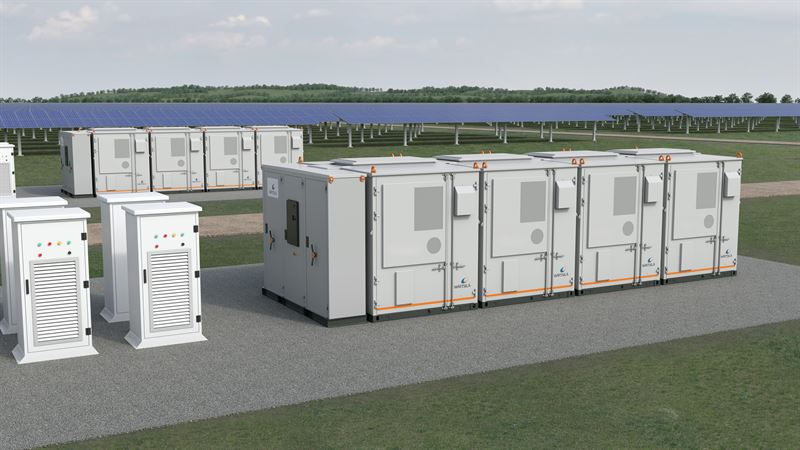
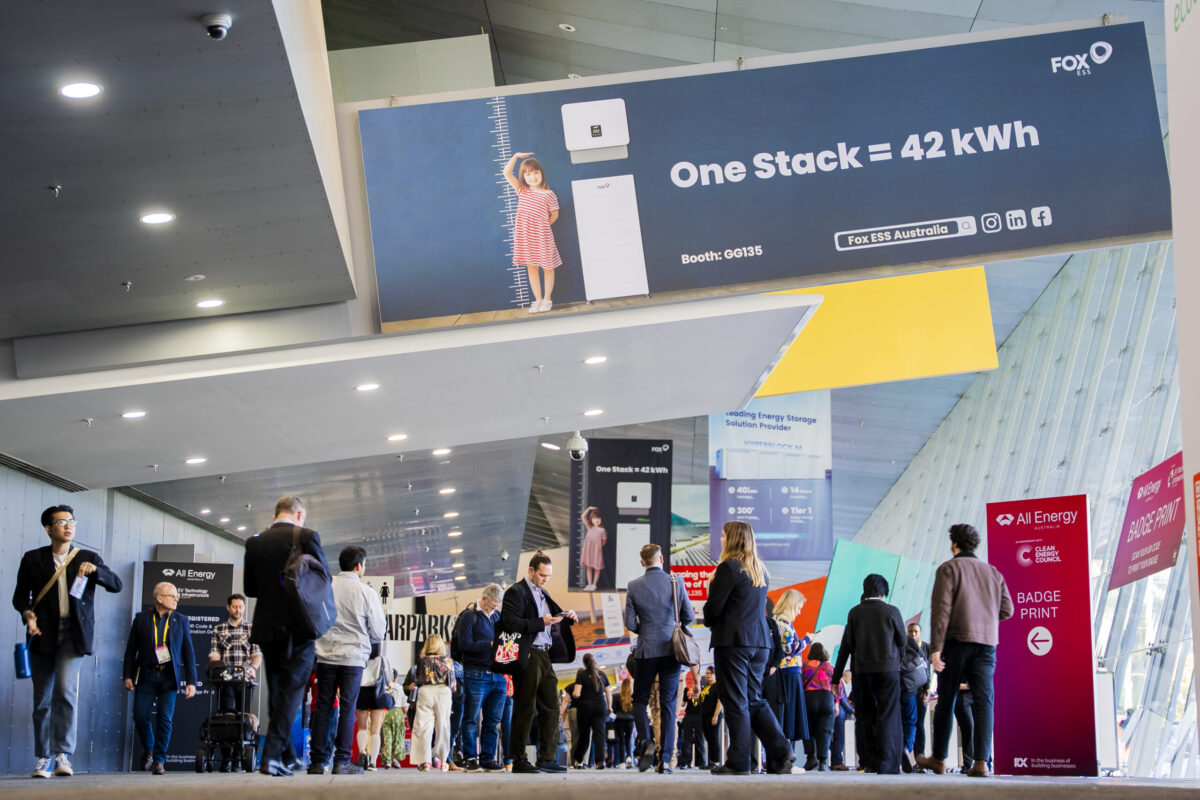


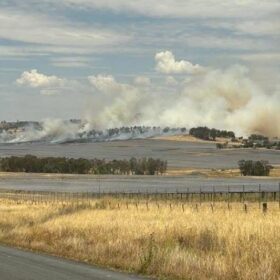
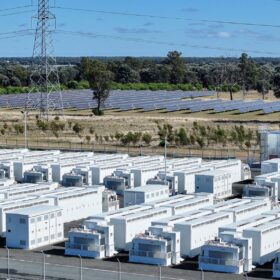
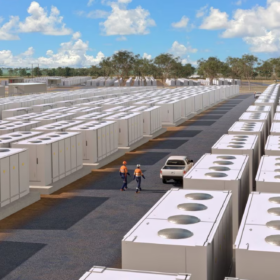
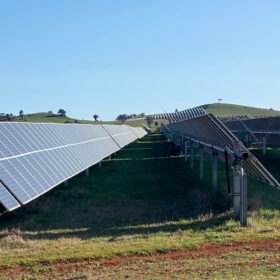
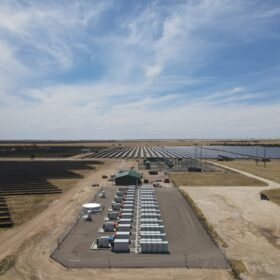
By submitting this form you agree to pv magazine using your data for the purposes of publishing your comment.
Your personal data will only be disclosed or otherwise transmitted to third parties for the purposes of spam filtering or if this is necessary for technical maintenance of the website. Any other transfer to third parties will not take place unless this is justified on the basis of applicable data protection regulations or if pv magazine is legally obliged to do so.
You may revoke this consent at any time with effect for the future, in which case your personal data will be deleted immediately. Otherwise, your data will be deleted if pv magazine has processed your request or the purpose of data storage is fulfilled.
Further information on data privacy can be found in our Data Protection Policy.